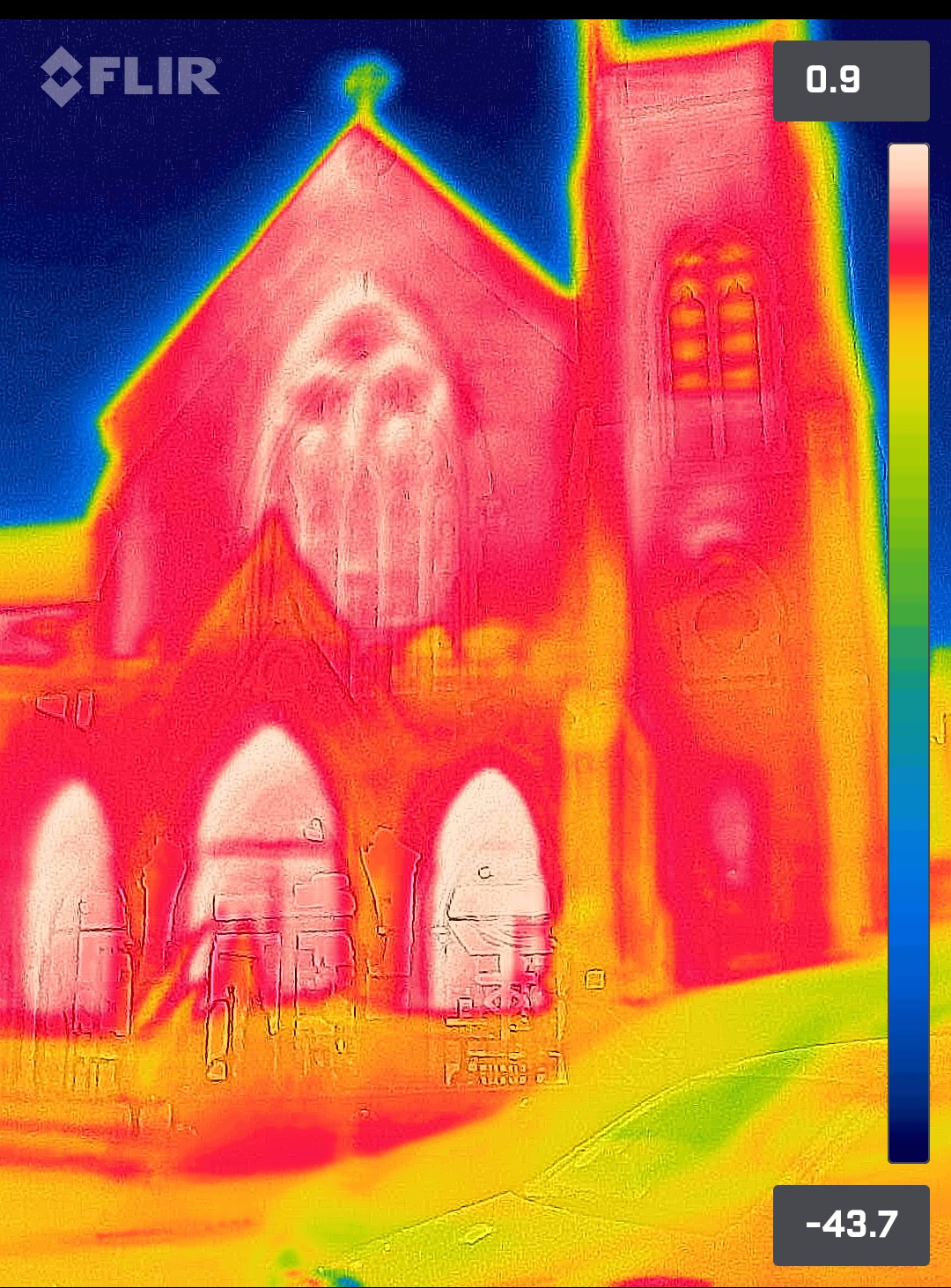

Many places of worship are difficult and expensive to keep warm, especially if they are used only intermittently. Plus heating the worship space is often the biggest single source of greenhouse gas emissions from a church, mosque, mandir, synagogue or gurdwara.
Often I give advice to places of worship who have old heating systems that are based on wet radiators; they are suitable for a home but not for a place of worship with high ceilings, because they don’t get heat where it’s needed. So the congregation complain of being cold during the winter.
Sometimes it’s best to consider whether the congregation can move to another space that is easier to heat. But this isn’t always possible or desirable.
One solution is to heat the person as well as the space.
Some efficient ways of heating the person are:
- Under-pew heating – this is like a low-temperature electric blanket that goes under fixed pews, and heats the person from below
- Rechargeable chair cushion heaters, that heat the person where there are individual chairs instead of fixed pews (if you have access to solar panels – either onsite, or offsite, or a solar charger, then you can potentially use solar energy to charge the heaters, as cushion heaters are low-temperature and don’t need much power).
- Infra-red heaters.
You should continue to heat the space as well as the person. If you heat the person, then you need less heat for the space. If you eliminate space heating altogether, then this can lead to problems with condensation and damp, and cause damage to the building fabric. It can also cause circulation problems in a wet central heating system if you have short bursts of on/off.
The first video below is a case study from a church that uses rechargeable heaters.
The second video below is a case study from a church that uses under-pew heating.
If you need impartial expert energy saving advice for your place of worship, business or home, please contact me.
